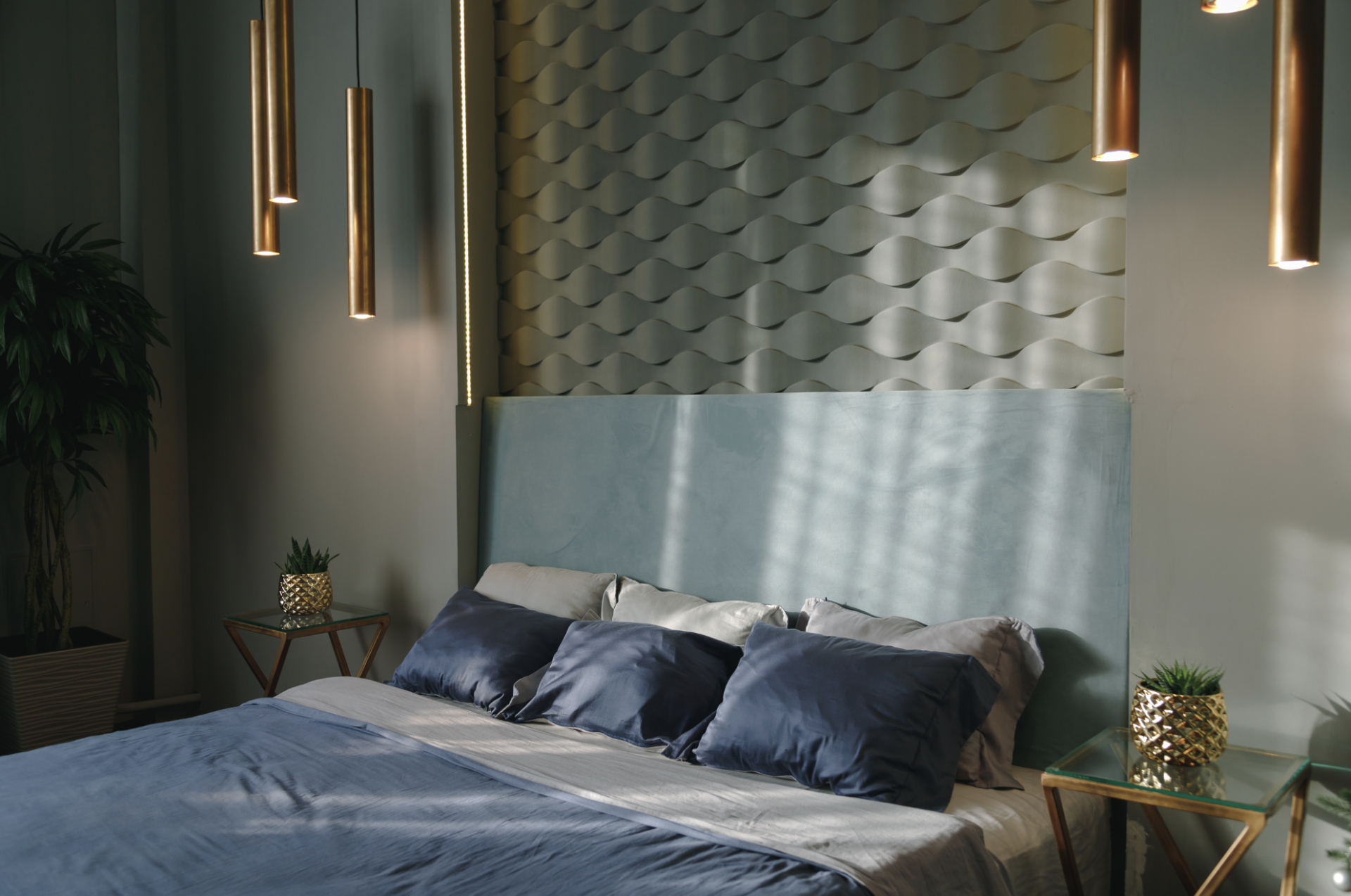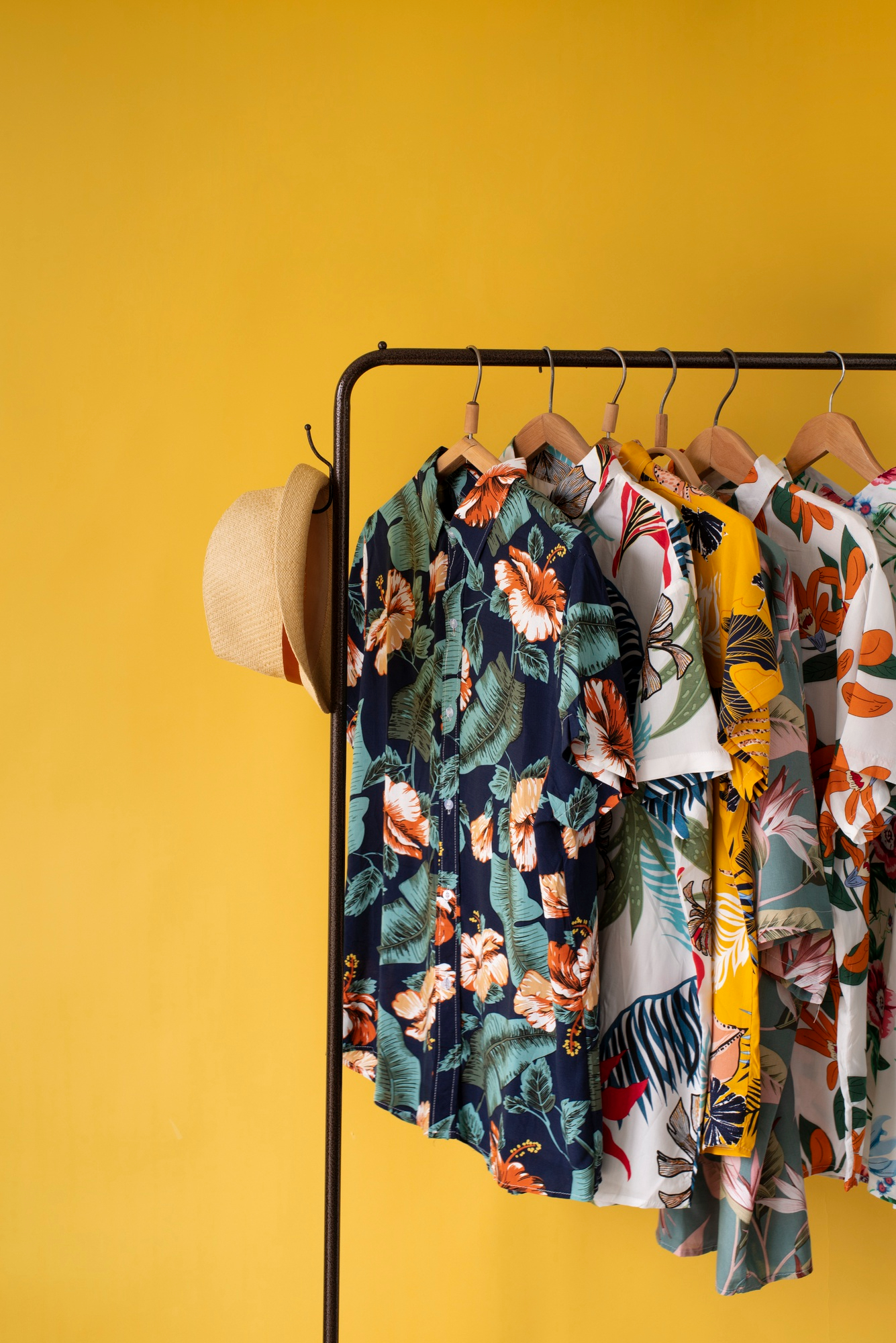We’ve all been there – standing in the bedding aisle, baffled by the sheer range of duvet covers on display. Labels spouting terms like “percale” and “sateen”, hundreds of patterns and textures. A nightmare for those unfamiliar with bed linen jargon. Fear not – this beginner’s guide is here to help you navigate the confusing wording of bedding and make sure you choose the perfect duvet cover for your needs.
How Important is a Good Duvet Cover?
A luxury duvet cover is a protective layer that goes over your duvet, much like a pillowcase covers a pillow. Its purpose extends beyond mere protection – it’s also about aesthetics, comfort, and health concerns. Your duvet cover sets the tone for your bedroom’s decor, making it crucial to decide on one that complements your style and preferences. Besides, it’s a lot easier (and cheaper) to change a duvet cover than it is to buy a new duvet, allowing for frequent bedroom refreshes.
A high-quality cover acts as a barrier, safeguarding the duvet from contaminants, allergens, and everyday wear and tear, prolonging its lifespan. Since we spend roughly a third of our lives in bed, the texture and breathability of the material directly impact our comfort and, by extension, the quality of our sleep. A premium duvet cover also regulates temperature effectively, ensuring warmth in colder months and coolness during warmer nights.
Choosing the Material
There are plenty of choices available when it comes to the fabric of your duvet covers, all with their upsides and downsides:
- Cotton: By far the most popular choice for duvet covers, cotton is durable, easy to wash, and breathable. Within cotton, you have varieties like percale (crisp and cool) and sateen (soft and silky).
- Linen: Known for its luxurious texture, linen is a natural insulator. It’s perfect for those who want a relaxed, slightly wrinkled appearance. It tends to be pricier but becomes softer with each wash.
- Microfiber: If you’re looking for something on a budget that’s also soft to the touch, microfiber is your friend. It’s hypoallergenic and wrinkle-resistant, though not as breathable as cotton.
- Silk: The epitome of luxury, silk duvet covers are soft, smooth, and good for your skin and hair. They, however, come with a hefty price tag and require delicate care.
Some materials, like silk or certain high-thread count cottons, may require special care like hand-washing or dry cleaning. Before you buy, ensure you’re okay with the maintenance your duvet cover might demand. For busy households or those with pets and kids, machine-washable covers are a godsend.
Size and Fit
Ensuring that your duvet cover fits your duvet is paramount. Too large, and it will sag; too small, and it might not cover the duvet completely. Standard sizes include twin, full/queen, and king, but always double-check measurements, especially if you’re buying online.
Duvet covers typically come with either buttons, zippers, or ties. While this may seem like a minor detail, it can impact the longevity of your duvet and ease of use. Buttons and zippers are more common, but ties can offer a more secure fit.
Thread Count: Is Higher Always Better?
You’ve probably heard that a higher thread count equals better quality. While there’s some truth to that, it’s not the whole story. Thread count refers to the number of threads in one square inch of fabric. Generally, a higher thread count can mean a smoother and softer fabric, but the quality of the threads is equally important. A 400-thread count duvet cover made of high-quality cotton can feel softer than a 1000-thread count cover made of mediocre cotton.
Design and Aesthetics
Whether you want a minimalist Scandinavian vibe or a vibrant Bohemian look, there’s a duvet cover out there for you. Your choice should reflect not only your personal taste but also the existing decor of your bedroom. Remember, this is a piece that will dominate a significant part of your room, so choose wisely.
Duvet covers can range from very affordable to ultra-luxurious, with a price tag to match. Set a budget before you start shopping and remember that while it’s nice to splurge on luxury now and then, the most important thing is comfort, durability, and your personal preference.












































